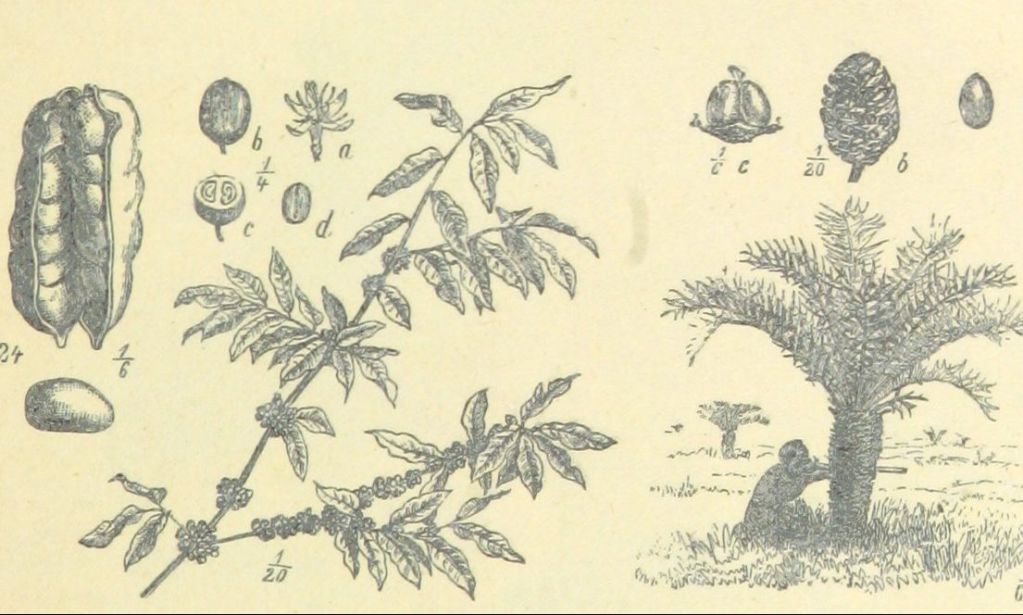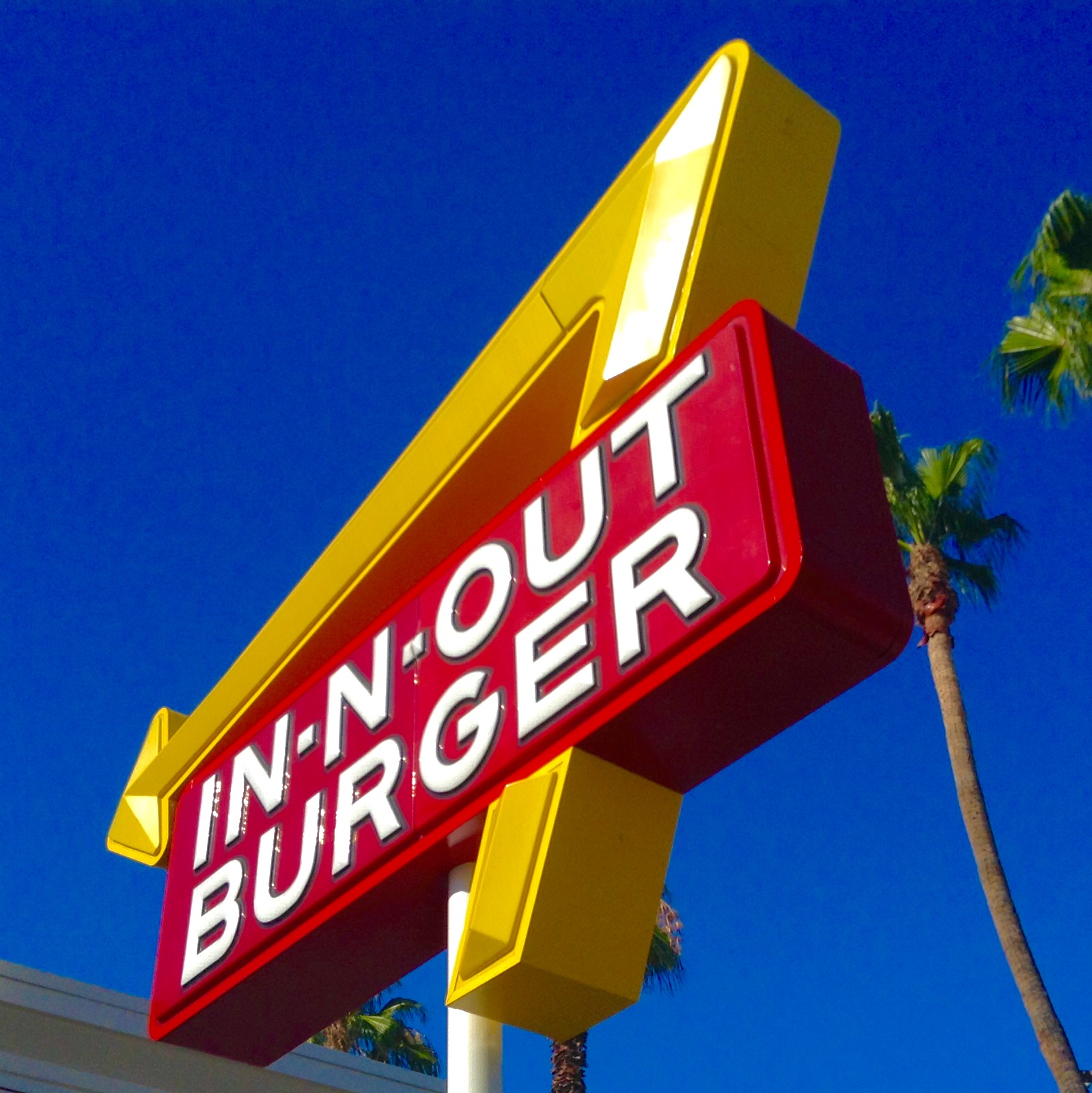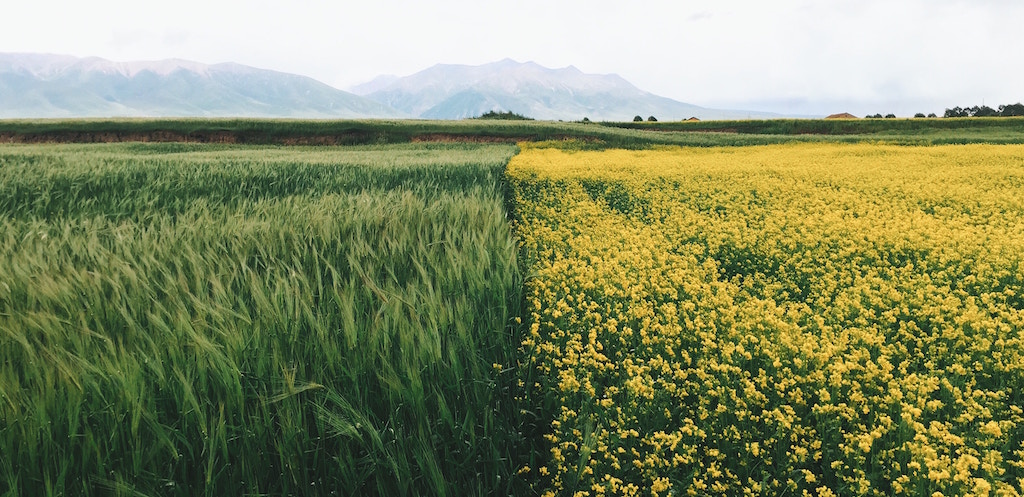
British Public Library
Be honest: You’re really annoyed that you didn’t get in on the ground floor of kale. Or chia or gluten-free or, heaven help us, coconut water. You never want to jump on the bandwagon too late. But it’s hard to spot the Next Big Thing when it’s not a thing at all yet.
What’s tomorrow’s big food? We asked our close personal friend Google for all the mentions of “next superfood” in the past week. We ignored hemp because, please. And kiwi. Here’s the rest of the list:
Camel milk : To be fair, the main people we see calling camel milk the next superfood are people who sell camel milk. But they’re effusive, especially about what a glass a day will do for your looks: skin that glows, perfect hair, a more youthful appearance. YMMV. In this country, much of the camel milk on the market is sold through membership organizations, but there’s one company that sells milk produced by by Amish farmers in Pennsylvania.
: To be fair, the main people we see calling camel milk the next superfood are people who sell camel milk. But they’re effusive, especially about what a glass a day will do for your looks: skin that glows, perfect hair, a more youthful appearance. YMMV. In this country, much of the camel milk on the market is sold through membership organizations, but there’s one company that sells milk produced by by Amish farmers in Pennsylvania.
Coffee flour: The coffee bean doesn’t grow naked and ready to roast. It’s surrounded by a fruit called the coffee cherry pulp, which is generally discarded. It doesn’t have to be, though, and when it’s dried and ground, it becomes a flour that is gluten-free and high in fiber and antioxidants. It can be baked into cookies, pastries, and cakes that go really well with . . . well, you know.
Kakadu plum: This Australian fruit, also known as the gubinge, billygoat plum, or murunga, contains the highest concentration of vitamin C of any food: 1,000–5,300 milligrams per 100 grams of fruit—100 times more than blueberries and oranges. It’s also shown promise in extending the shelf life of cooked seafood by as much as 50 percent.
Baobab: In Africa, the odd-looking baobab tree has provided food, shelter, medicine, and clothing for thousands of years—which is, coincidentally, the life expectancy of a baobab tree. In recent years, the fruit of the baobab, which is high in vitamin C, calcium, and antioxidants, has been turning up increasingly in drinks, supplements, and snacks. Companies like Baobab Foods are hoping it will break out soon. Maybe this time?
Teff: This grain, a staple of the Ethiopian diet for thousands of years, is gluten-free and contains 11 percent protein. It hasn’t been all that available in recent years, because the Ethiopian government limited exports—fearing that the local population would be priced out of the market. Those restrictions were eased last spring, and we should be seeing more of the grain in U.S. products.
Seaweed: Launches of seaweed-based products were up 76 percent between 2011 and 2015, reports Food Business News. A lot of the action is in Asia, but market research firm Mintel says that half of U.S. consumers would like to try algae as a protein source. For our own part, we’re holding out for Dulse, a strain of seaweed that’s high in protein, iron, calcium, and magnesium—and, when fried, tastes like bacon.
 Purple bread: You know the problem with bread. It’s digested too quickly, it spikes your blood sugar, and it sends your body signals that you need to eat more bread. A scientist in Singapore has discovered that if you add anthocyanins (derived from black rice) to the mix, you end up with a bread that’s 20 percent slower to digest and is loaded with antioxidants. “The nutritional value is the same. The key idea here is slowing down the energy release, so you use those calories over a longer period of time,” he told CNN.
Purple bread: You know the problem with bread. It’s digested too quickly, it spikes your blood sugar, and it sends your body signals that you need to eat more bread. A scientist in Singapore has discovered that if you add anthocyanins (derived from black rice) to the mix, you end up with a bread that’s 20 percent slower to digest and is loaded with antioxidants. “The nutritional value is the same. The key idea here is slowing down the energy release, so you use those calories over a longer period of time,” he told CNN.
 Moringa: Imagine an almost unkillable weed-tree whose leaves have twice as much protein as yogurt, four times the calcium in milk, and seven times more vitamin C than oranges. That’s the moringa. It’s already hitting the market in powder form and as an ingredient in energy bars sourced from companies like Moringa Farms. The question is whether it can make bigger inroads into major world markets—and if it can be done in a way to benefit the mostly impoverished parts of West Africa, South Asia, and South America where it grows.
Moringa: Imagine an almost unkillable weed-tree whose leaves have twice as much protein as yogurt, four times the calcium in milk, and seven times more vitamin C than oranges. That’s the moringa. It’s already hitting the market in powder form and as an ingredient in energy bars sourced from companies like Moringa Farms. The question is whether it can make bigger inroads into major world markets—and if it can be done in a way to benefit the mostly impoverished parts of West Africa, South Asia, and South America where it grows.
Purple corn: Purple—produced by healthful anthocyanins—is getting to be a thing, with manufacturers claiming that purple food can help prevent cancer, obesity, and inflammation. There were a handful of purple corn products at Expo East this year, including a couple of cereals and a line of corn chips. Suntava, which produces the corn, says it has twice the antioxidants of blueberries. (Blueberries, by the way, are becoming the new unit of measurement of superfoods. Try it: “Purple corn is a 2.0 on the Blueberry Scale.”)










